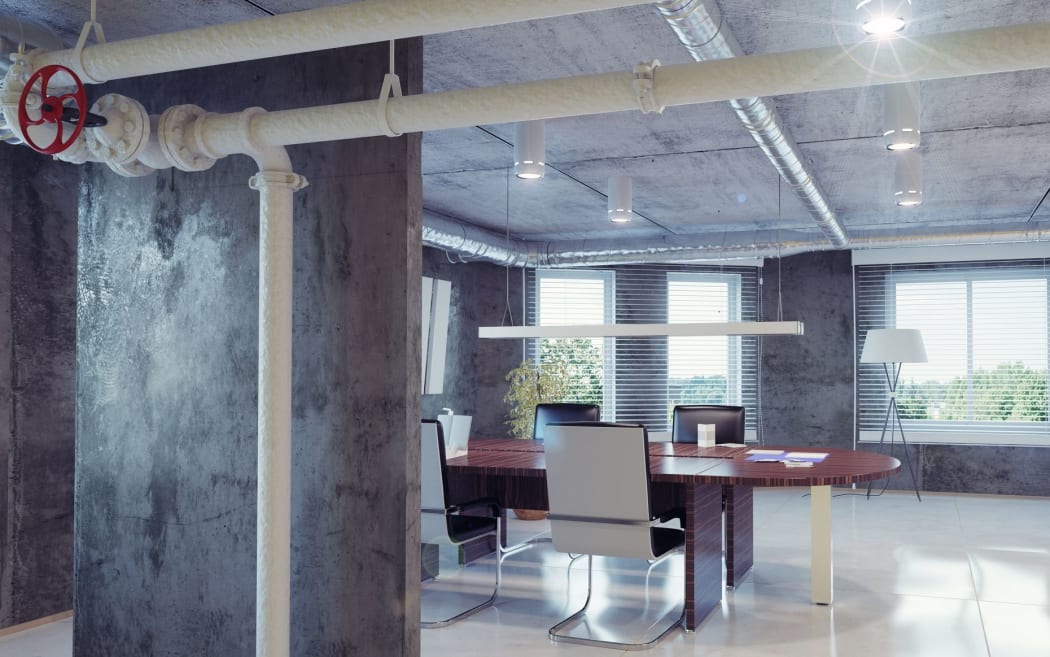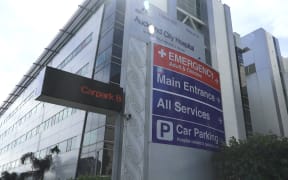More gaps in what is known about how safe buildings are in an earthquake are emerging, this time to do with police stations, hospitals and a cinema chain.

Pipes, fittings and ducting could prove deadly in an earthquake if not properly restrained. Photo: 123rf
About two thirds of injuries in a big earthquake are from non-structural failures, such as when ceilings, lights and partitions fall. Such falls accounted for 60 percent of the 2011 Christchurch quake injuries.
Now, an Official Information Act (OIA) request has revealed none of the 315 New Zealand Police buildings constructed before 2011 have been specifically checked to ensure their non-structural restraints are up to standard.
A second OIA response showed none of the Canterbury District Health Board's hospitals and other buildings have been checked under the non-structural standards either, even though non-structural failures caused the most damage and forced mass patient evacuations in the 2011 quake.
Police said they were getting advice from engineers about their buildings.
"While we have been advised there is no legislative requirement to carry out non-structural restraint testing within our buildings, we have requested official recommendations on options we should consider in order to mitigate any risk to our staff and visitors," Assistant Commissioner Jevon McSkimming said.
The financially burdened Canterbury DHB said it was trying to get all its buildings up to current standards where that was "reasonably practicable", though this was not required by law.
Where it was upgrading buildings, that "may include upgrade works to non-structural seismic restraints".
Health and safety laws brought in last year, and the high rate of non-structural damage in both the Christchurch and Kaikōura quakes, have spurred Countdown and BNZ to audit and fix up all their buildings.
Questions also remain around the quake-damaged ceilings in the cinema complex in central Wellington owned by Reading International.
Some tiles fell in the November 2016 Kaikōura quake, as did a heavy electrical box, from the 10m-high ceilings in some of Reading's 10 cinemas in Wellington's Courtenay Place.
Reading called in a specialist engineer in February for advice on the ceilings. Neither Reading nor that engineer will tell RNZ what that advice was.
All the focus has been on Reading demolishing the quake-damaged adjoining carpark, which the company got a $27m insurance payout over.
The cinemas themselves reopened in March
Reading said in a statement the centre had a detailed seismic analysis that structural engineers had accepted before reopening, and that the centre meets all required standards.
It has said the cinemas were safe to go into.
However, there is no public record of what repairs have been done, and the public has no right to know about it.
Wellington City Council has issued no consent for repairs to the cinemas.
Often no consent is needed for a lot of fit-out work such as in designing and fitting ceilings. The work is meant to be up to code, but as there is no consent there are no independent inspections by the council and no records the public can look at.
RNZ has continued to ask Reading Cinemas to release the advice its specialist engineers gave it, but the only reply from its Los Angeles head office was a single statement a month ago.
The first specialist engineer is no longer working for it, and it is understood another consultant is now involved.
Wellington City Council has previously told RNZ it would have signed off many buildings despite them not complying on seismic restraints prior to 2011, when the Christchurch earthquake exposed the risks.
Reading Courtenay was built in 2002, and there is a $30 million redevelopment going on there now, including a Countdown supermarket.




